Helminthiasis is a common disease. According to statistics, the infection of the population, depending on the region of residence and social level, varies from 20 to 80%. The infection rate is particularly high in countries with tropical and subtropical climates. More than 280 species of parasites are known to be dangerous to humans. Signs of helminthiasis vary depending on the location and type of parasite. The treatment regimen is developed individually for each clinical case.

The main causes of the invasion
Worms are parasites whose typical habitat is the human body. There are factors that cause infection. In the vast majority of cases, helminthic diseases develop as a result of non-compliance with the norms and rules of personal hygiene. There are four main ways in which parasites can enter the human body:
- Biohelminthiasis. Infection occurs when worm eggs and larvae enter the digestive tract as a result of eating foods that include raw, undercooked, smoked, dried or fish meat.
- Contact helminthiasis. Infection is only possible through the transfer of parasite eggs from an infected person to a healthy one. This method of invasion is typical of worms.
- Geohelminthiaza. The penetration of parasites into the human body occurs after contact with plants, soil, water from open natural reservoirs.
- When bitten by blood-sucking insects. This method of invasion is common in countries with tropical and subtropical climates.
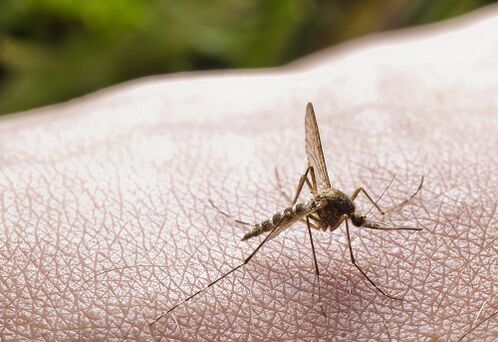
Important!Helminths in adults and children occur due to the use of low quality food products and non-compliance with the norms and rules of personal hygiene. Excluding these factors is the best alternative for preventing helminth infestation.
Clinical appearance
The symptoms of the disease vary depending on the species of helminths, the degree of organ and tissue damage, as well as on the individual characteristics of the infected person. The most common and common symptoms of helminthiasis in children and adults are weight loss, provided that the previous diet is maintained, itching in the anal folds, various manifestations of allergies, decreased immunity and deterioration of general well-being.
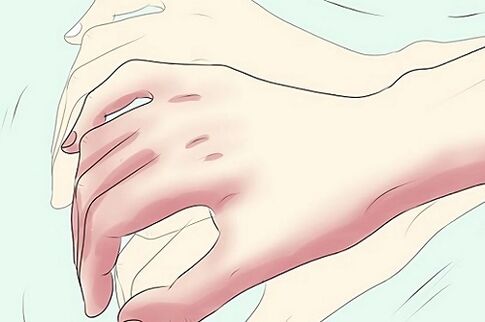
Symptoms of parasitic infection are divided into several distinct subgroups:
- Central nervous system disorders. Regardless of the site of localization, helminths cause symptoms caused by poisoning the body with toxic substances and decay products released during the life of the parasite. Such signs include sleep disturbance, irritability, tears, depression, tremors of the limbs.
- Digestive disorders. There is nausea, vomiting, lack of appetite, systematic alternation of diarrhea and constipation, localized pain in the middle of the abdomen, bloating.
- Allergic reactions and a decrease in the body's immune forces. Such symptoms are characteristic of the early stages of helminthic infestation and are the result of poisoning with toxins and parasite residues.

Worms cause symptoms in a person, the treatment of which requires an individual approach. These include skin lesions, ulcers, purulent abscesses, etc.
Diagnosing
The diagnosis of helminthiasis is based on a thorough study of the patient's history, identifying a predisposition to infection, as well as laboratory tests. Most often used:
- Study of feces, duodenal contents, scratches obtained from anus folds. Stool analysis allows you to identify eggs, larvae, dead and living parasites. Diagnosis of helminths, performed under laboratory conditions, is effective only if at least four to six weeks have elapsed from the moment of infection.
- Survey by serological methods, including enzyme immunoassay, PCR, RSK and others. A blood test for any helminthiasis is one of the most effective. Before performing a hemolymph study to detect parasites and eggs in human blood, it is recommended that you first familiarize yourself with the rules for taking tests.
- To detect parasites whose typical habitat is liver tissue, gallbladder, skin, ultrasound and X-rays are used.
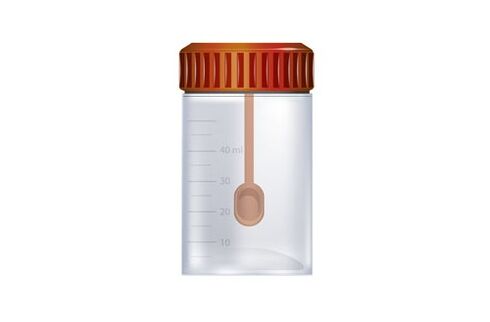
To get the most accurate results, it is recommended that you follow all the rules for taking the tests prescribed by your doctor. In addition, at the end of the course of medical therapy, it is recommended that you undergo repeated tests to rule out a recurrence of helminthiasis.
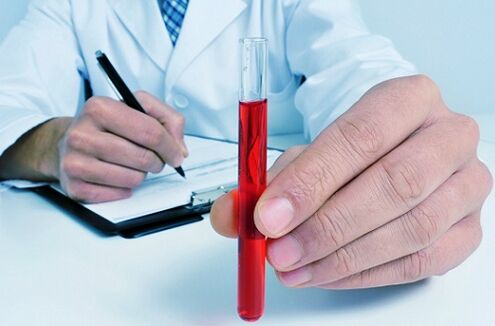
Drug treatment
Helminthiasis therapy requires an integrated approach. Moreover, concepts such as symptoms and treatment are inextricably linked, depending on the clinical signs of the disease, appropriate methods of therapy are chosen, the action of which aims to eliminate the concern and improve the well-being of the patient.
Treatment of helminthic invasion involves three main stages: preparation, direct drug therapy, and cure. It is also important to eliminate the pronounced signs of helminth infection, the manifestation of which can cause discomfort to the patient. During the preparation period it is recommended to follow a strict diet based on the use of only natural products, steamed or baked, as well as taking medications that improve digestion.
The therapy regimen is compiled individually. The final stage of treatment is the restoration of the patient's body. For this, drugs that have an immunomodulatory effect are used, as well as biologically active drugs and additives that restore the microflora of the digestive system.
Popular methods
Natural household products with antiparasitic properties help in the fight against helminthiasis. They should be used only after medical advice. Moreover, home-made medicines are not a cure for worms; they should be used as part of complex therapy.
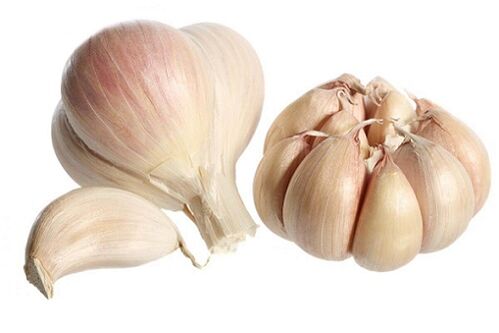
Some of the most effective and safest recipes include:
- Pumpkin seeds. To get a positive result, you should eat at least one cup of raw seeds a day during the week. For children, the dose may be halved.
- Garlic enema. To prepare the solution, boil a large head of garlic in a glass of natural cow’s milk for ten minutes. Then remove the root vegetables, cool the resulting infusion to a comfortable temperature and then use it as directed. It is advisable that such a procedure be performed in combination with medication.
- Fresh garlic, onion and sauerkraut juice. If there are no contraindications, it is recommended that these products be consumed daily. This will help remove the worms and prevent re-infection.
- A frugal diet also belongs to the popular methods. Significant change of diet is recommended, limiting it to only vegetables and fruits, which can be consumed both fresh and after thermal treatment. You should adhere to such a diet for at least ten days. In addition, this diet is very useful for improving and normalizing the function of the digestive tract.
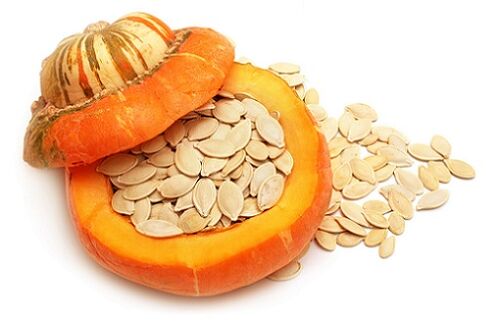
Important!The above methods of traditional medicine can also be applied to children.
How to prevent infection
Prevention of parasites is essential. Among the basic rules and regulations:
- It is not recommended to eat meals prepared from raw, dried or slightly salted meat or fish.
- Wash well, then scald fruits, herbs and vegetables with boiling water.
- Perform removal of pet preventative worms, which can be direct sources of infection.
- Wash your hands regularly and take precautions when working in the garden.
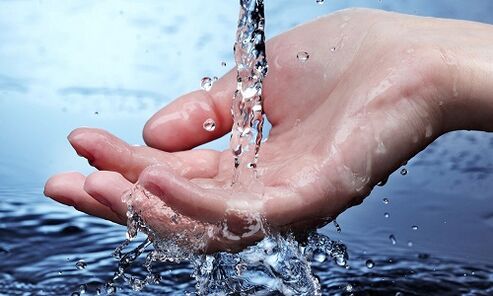
In addition, you should consult a doctor regularly for tests to identify parasites. You should undergo preventive examinations at least once a year. This rule applies to children attending preschool. It is easier to cure helminth infection in the early stages of infection.



























